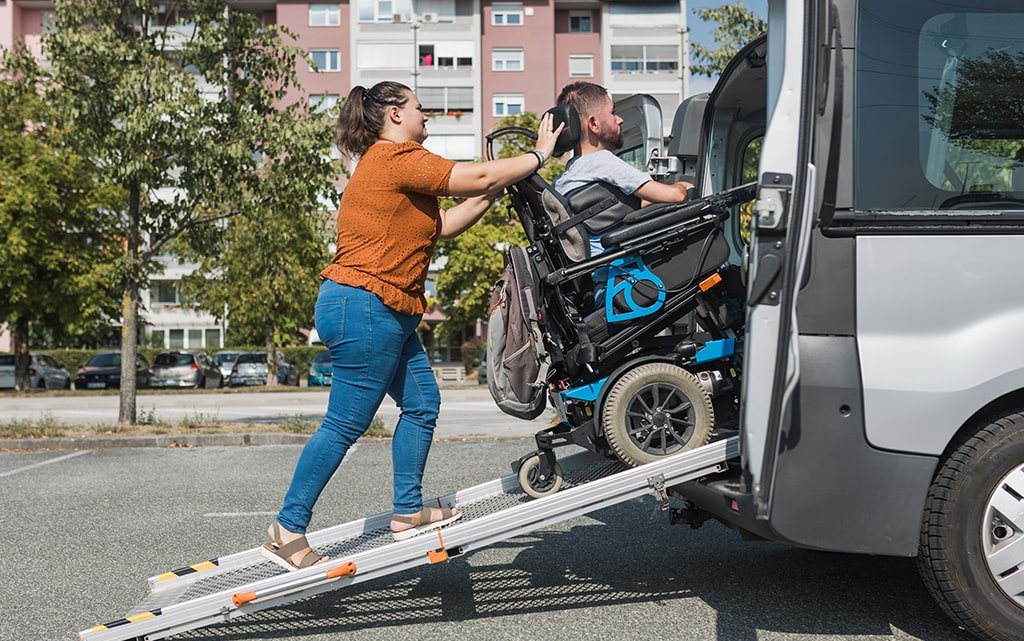In today’s world, accessible transportation is more important than ever. As populations age and awareness of disabilities grows, there is an increasing demand for transportation services that cater to people with mobility challenges. Accessible transportation ensures that everyone, regardless of physical limitations, can travel safely and comfortably to their destination.
What is Accessible Transportation?
Accessible transportation refers to services and vehicles that are designed to accommodate people with disabilities or mobility challenges. These services go beyond standard transportation by providing features like wheelchair ramps, lifts, and securement systems, as well as trained drivers who can assist passengers with boarding, securing mobility devices, and ensuring their comfort throughout the journey.
Why Accessible Transportation Matters
Transportation is a fundamental need, and for people with disabilities, having reliable, accessible options can be life-changing. Without it, individuals may struggle to get to medical appointments, attend social events, or even complete everyday tasks like grocery shopping. Accessible transportation allows people to remain active in their communities and maintain their independence.
Accessible transportation also benefits seniors, many of whom may have mobility challenges or health conditions that limit their ability to drive. As the global population ages, the demand for services that cater to elderly passengers will only increase. Accessible transport ensures that seniors can continue to live active, fulfilling lives even if they can no longer drive themselves.
Features of Accessible Transportation
Accessible vehicles are equipped with several key features to ensure the safety and comfort of passengers. These may include:
- Ramps and lifts for easy boarding of passengers using wheelchairs or walkers.
- Securement systems to keep wheelchairs and other mobility devices safely in place during transit.
- Spacious interiors to accommodate passengers with additional needs.
- Trained drivers who understand the importance of safety and assistive services for passengers with disabilities or mobility challenges.
These features provide peace of mind for both passengers and their families, knowing that their loved ones are traveling in a safe and accommodating environment.



